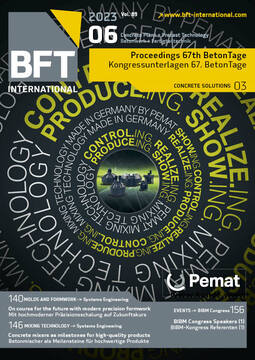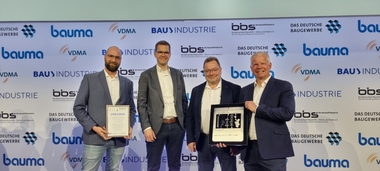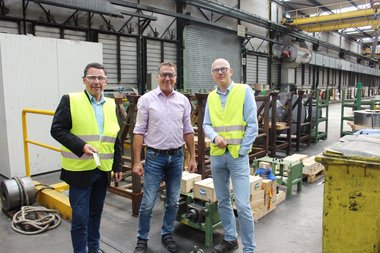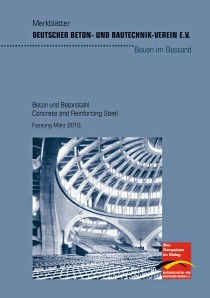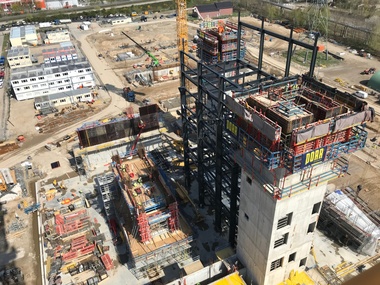Quick wins for climate protection – instant proposals for increased sustainability in concrete construction
Volume 2 of the DBV (German Society for Concrete and Construction Technology) series of publications No. 50 (Fig. 1) on sustainable and resource-efficient concrete construction is an initial collection of eight examples that could be immediately implemented as “quick wins for climate protection”.
The collection of examples is intended to provide clients, designers and contractors with suggestions and support in the immediate implementation of measures and adjustments when building with concrete and reinforcing steel that can contribute to climate protection by reducing the carbon footprint or to the protection of resources. It was particularly important in this context to present options that can be implemented immediately even when taking into account the current framework of German construction law. It is clear that all these measures will increase the efforts required in design, in the production of construction materials and in actual construction, and that concrete construction will therefore become more cost-intensive. Climate protection will not come free of charge. The following examples have been compiled in this issue:
Concrete: effects of clinker-efficient cements (construction);
Concrete: extending the test age to 56 days or 91 days;
Concrete: zoned construction of massive structural components;
Reinforcing steel: EGS-c design principle as standard for cracking concepts;
Reinforcing steel: high-strength reinforcing steel types B670 and B700;
Concrete + reinforcing steel: (preventive) cathodic corrosion protection:
Concrete + prestressing steel: slab systems with prestressed hollow core slabs;
Concrete + reinforcement: refurbishment and strengthening takes precedence over demolition;
Annex: assessment criterion of carbon equivalents.
All examples are based on a uniform outline. Where specific special constraints are to be observed, these are stated accordingly. In many examples, an initial indicative estimate of the potential for savings in carbon emissions is made solely on the basis of specifications in environmental product declarations (EPDs) for the manufacturing phase of the materials. However, this does not replace the need for a climate-compatible assessment over the entire lifecycle.



